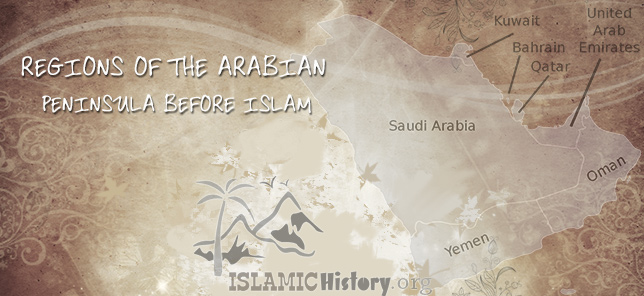The Islamic tradition traces its origins to Hijaz, the northwest region of the Arabian peninsula, and specifically to the towns of Makkah and Yathrib, known as Medina (Madinat al-nabi, “the city of the prophet”) in Arabic.
Arabia in the sixth century econpassed nearly the entire Arabian peninsula, as well as areas of Transjorden, southern Syria, and Mesopotamia. Scattered throughout the peninsula were small commercial centers such as Makkah and also agricultural communities such as Yathrib.
There common language was Arabic, There was no political unity among them.
The tribe was the principle form of social and political organization. Most at this time were pastoral nomads, living a rough and demanding existence based on the rearing of camels, sheep, and goats, the tribe, headed by its chief, provided both a sense of identity and physical security.
There was a substantial Jewish presence in the Hijaz, particularly in Yathrib, where at least three Jewish tribes lived. On the ease there were two rival superpowers, the Byzantine and Sassanian (Persian) empires.

